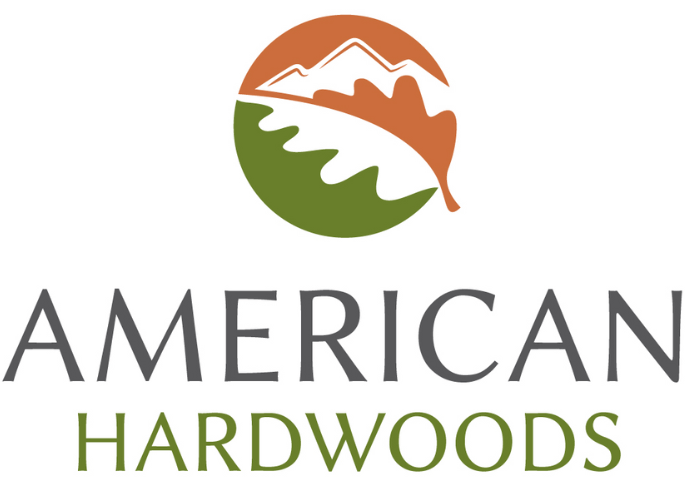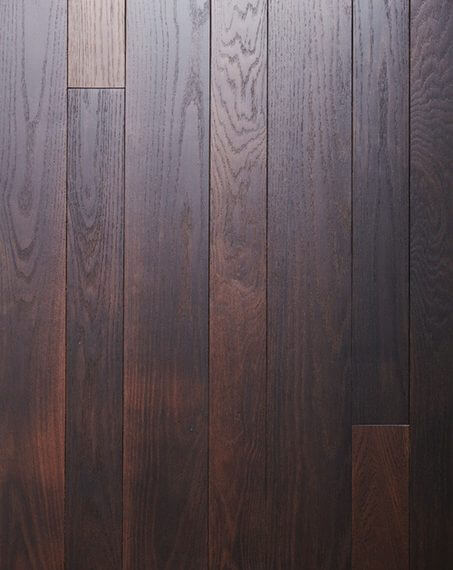Toasted TM Oak
Fraxinus americana
Other names prior to Thermal Modification: American red oak, northern red oak, southern red oak
Other names post Thermal Modification: Cambia oak, thermally modified oak, torrified oak
Distribution and Availability
Widespread throughout Eastern USA, these oaks are by far the largest species group growing in the Eastern hardwood forests. Red oaks grow more abundantly than the white oaks. The red oak group comprises many species, of which about eight are commercial. Excellent availability as lumber or veneer in a wide range of grades and specifications. Red oak is often classified according to growing regions and marketed as Northern red oak and Southern red oak.
General Description
Thermal Modification results in rich brown hues varying from amber brown to a dark brown, while highlighting the grain. End results can be comparable to colouring of exotic wood while ensuring the use of domestic North American Species.
Physical & Mechanical Properties
Unlike other manufacturing processes that combine numerous constituent components to create a new product, thermal modification uses only heat to change the physical and chemical nature of wood. Much of the energy required to do the modification also comes directly from the wood. At high heat, combustible organic compounds from the wood become a fuel source.
Working Properties
Toasted TM Oak is resistant to cupping, twisting and warping. Toasted TM Oak will weather when used in outdoor applications and being subject to the elements and UV rays. To protect its colour it is recommended to use oil or stain with a UV protectant when finishing.
Durability
Being subjected to high temperatures during the thermo-treatment process neutralizes the wood by destroying all of the micro-organisms present and prevents the infestation by insects or other pests. The thermal Modification treatment process strengthens the molecular structure of the wood which gives it greater dimensional stability. Thermal modified lumber develops a greater resistance to warping, swelling or shrinking regardless of variations in temperature and humidity.
Main Uses
Toasted TM Oak is favoured for external applications – particularly architectural cladding and feature walls, decking, window and door joinery, plus doors for kitchen cabinets. It is also used for flooring, outdoor furniture, playgrounds, spas and pool areas, although when used outside it will weather just like any other timber.










